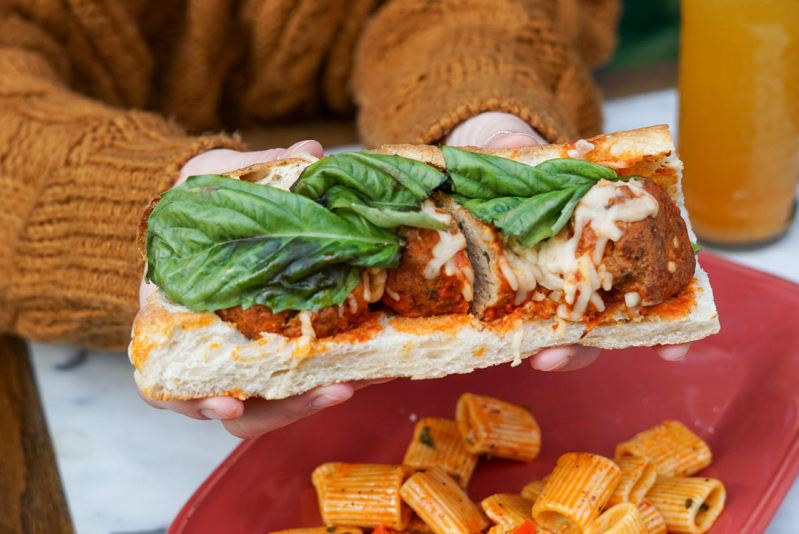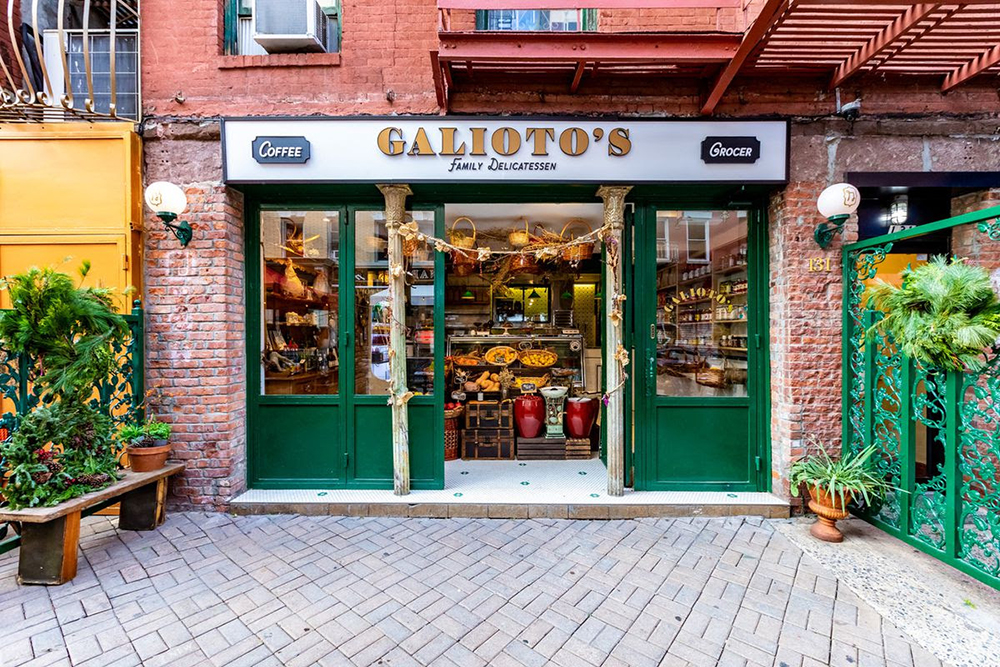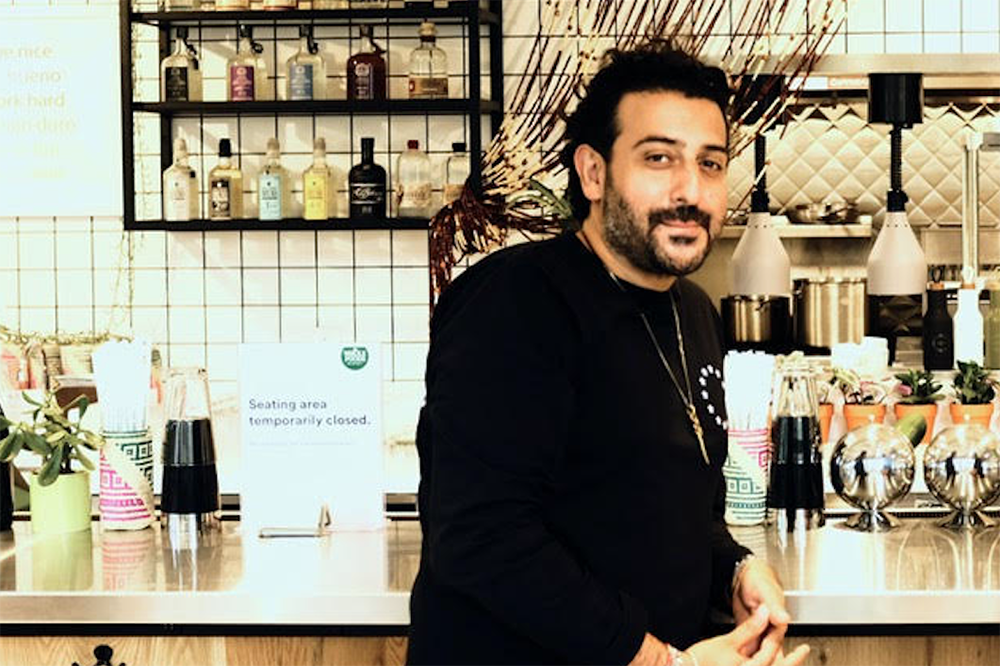
Last April, when restaurants around New York City were shut down and the pandemic took hold in Italy, Nima Garos had the idea to open up an Italian grocery and grab-and-go shop. The Soho denizen by way of Iran linked up with his buddy, Daniel Soares, of the Balducci family, for fresh produce and imports, and, soon enough, Galioto’s was born.
Related Guides
The restaurateur, who was raised on Mulberry Street’s Italian fare, switched to a mostly vegetarian diet 10 years ago to combat a slower metabolism, but grew frustrated by the dearth of good, filling plant-based options in and around the city. “When my hangovers started hitting at 30, I started to rethink what I’m eating,” he tells The Manual. “Most vegan restaurants were made strictly for eating — not for an ambiance and a vibe.”
Galioto’s offers both. Located in the heart of Little Italy, the part-grocer, part-bakery, part-sandwich shop is, indeed, not your average neighborhood haunt. The healthy (and hearty) menu, developed by Edwin Cintron, former chef at Dante, and Ricky Colex, executive chef at vegan restaurant JaJaJa Plantas Mexicana, features classic Italian deli food, but with a twist. Highlights include the Impossible meatball hero and vegan rainbow cookies, served alongside pantry items like fresh pasta, tomato sauce, olives, and Marcona almonds. As is the custom throughout Italy, there’s also a coffee counter, operated by a former Blue Bottle barista. The focus, Garos says, is on good food, and of course, good vibes. “I think of us as an Italian delicatessen that happens to not have meat,” Garos said.
It’s also a family affair: Galioto’s is named after Garos’s late stepfather, a born-and-bred Italian and self-proclaimed deli lover. Inside the shop, family portraits of Galiotos past and present are hung on the walls, including Garos’ sister, Nicole, and mom, Masy, who runs Da Gennaro, the Italian restaurant next door. “I never really wanted to be in the family business,” Garos said. “I always wanted to be in hospitality, but I had my own vision for things.”
Garos hopes that Galioto’s will be reminiscent of Italian food centers and NYC deli-groceries of yore, where locals can “buy a sandwich for lunch that’s so big, you can save the other half for dinner.” (All of Galioto’s sandwiches are priced at $13.) After he expands his slice shop, Manero’s, to traditional sit-down dining service in the coming weeks, he plans to open a family-style restaurant. “You know the movie Big?” he asks. “I think about that scene where they’re throwing the dough around a lot. That’s my dream.” Maybe it’ll be vegan dough.





